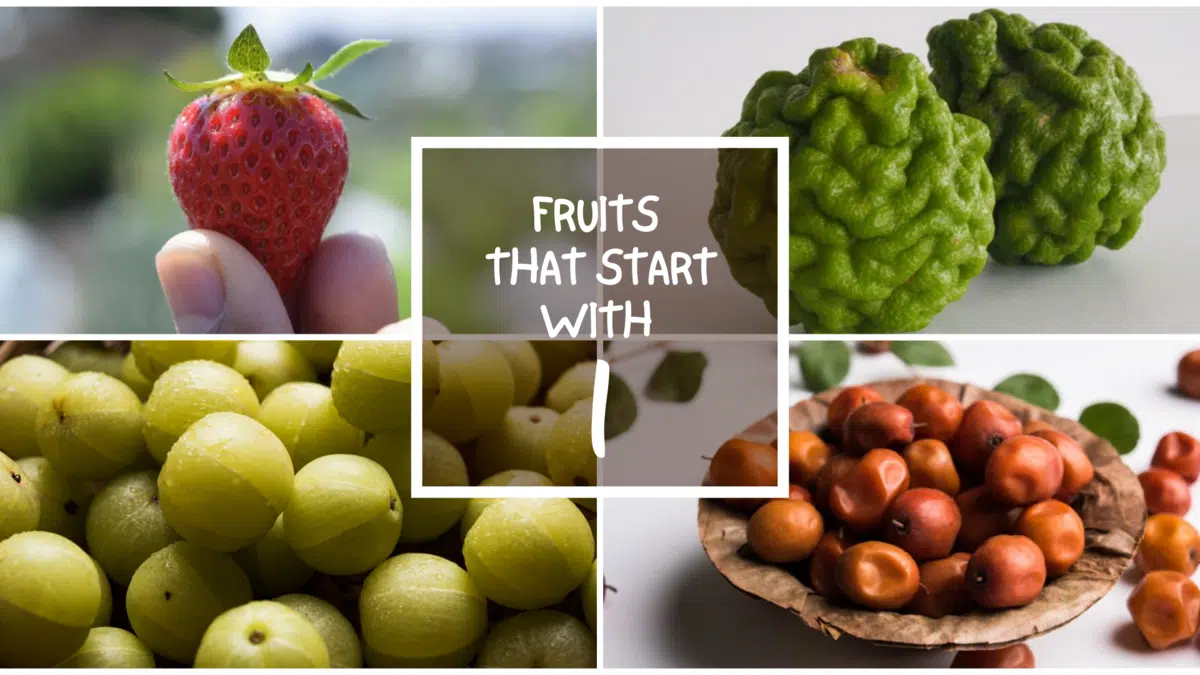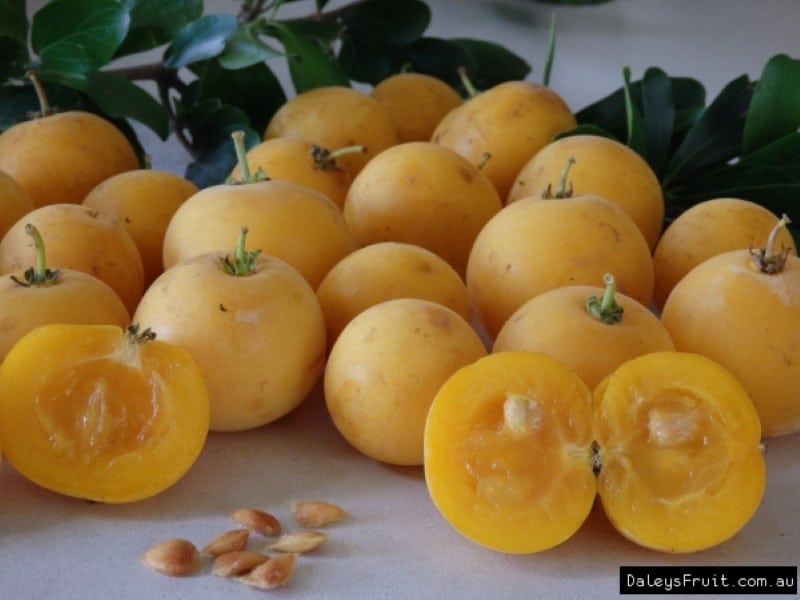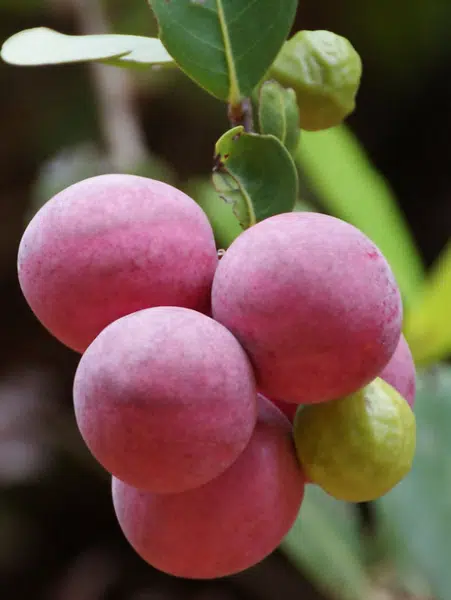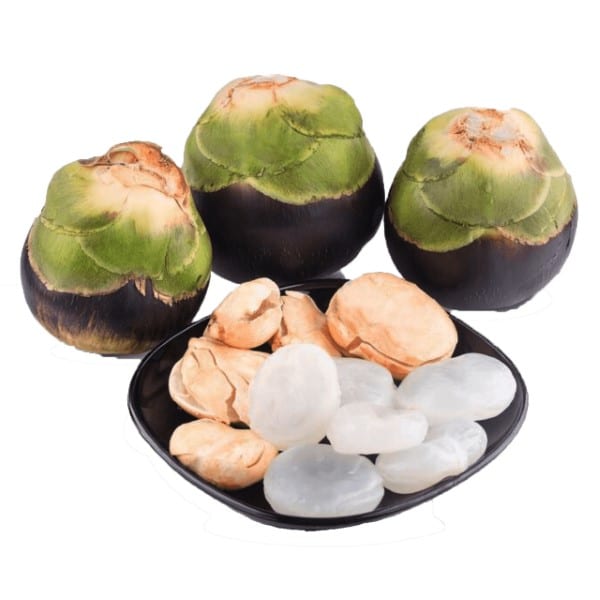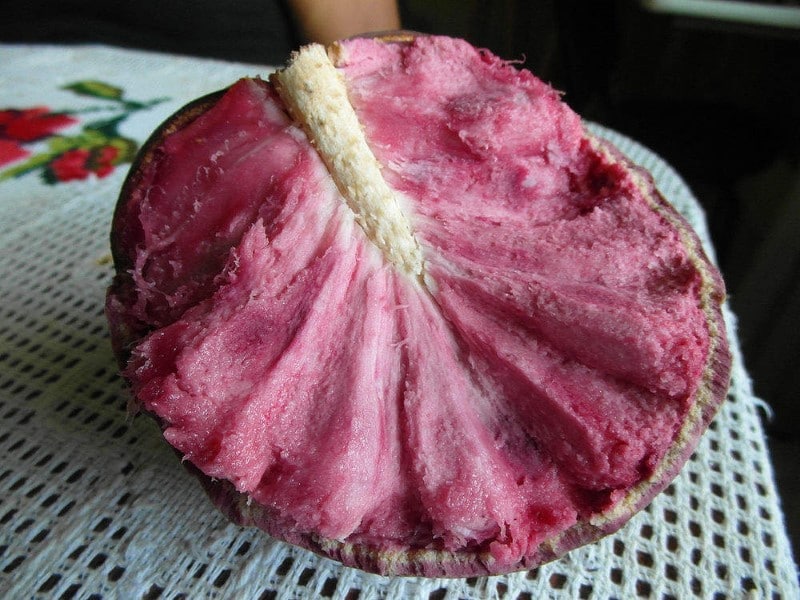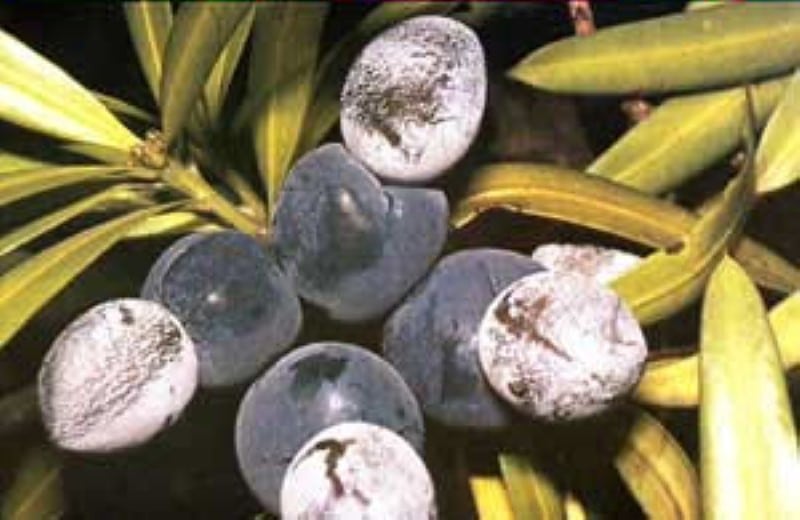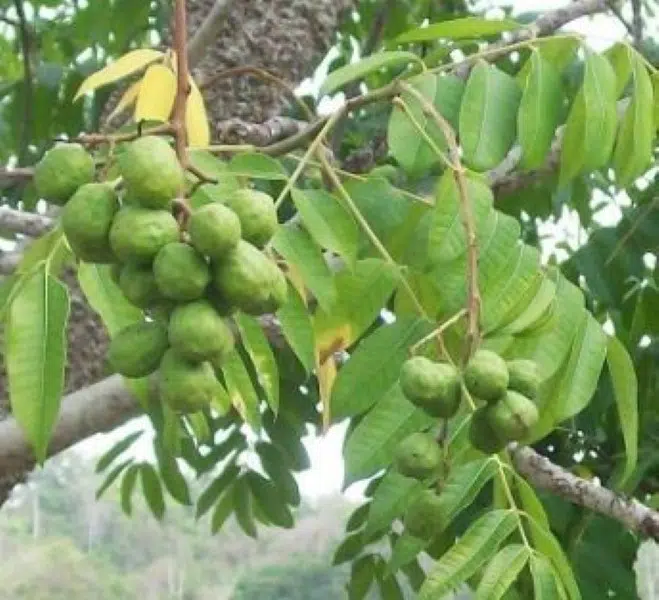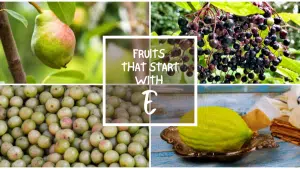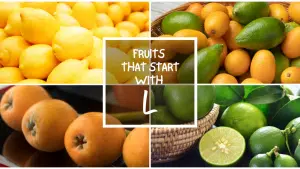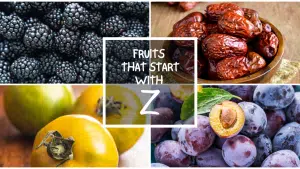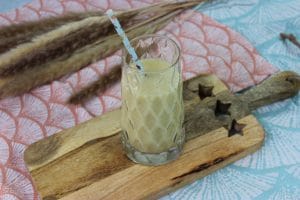All The Fruits That Start With I
Important Note: When you buy through our links, we may earn a commission. As an Amazon Associate we earn from qualifying purchases. Content, pricing, offers and availability are subject to change at any time - more info.
Before you read this list, naming a few fruits starting with letter I can be a little bit challenging. This list of fruits beginning with letter I will boost your knowledge on some of the fruits unknown to many, that offer different tastes, smells and shapes. Thus, you need to learn of fruits starting with letter I to expand your knowledge of fruits. Fruits starting with letter are countless such as imble fruit, ibope, Indian fig fruit, Indian jujube fruit, and many others.
Here are some of the fruits starting with the letter I:
- Imble
- Icaco
- Indian Fig
- Indian Jujube
- Indian Almond
- Indian Prune
- Indian Sherbet Berry
- Ice Apple
- Indonesian Lime
- Ilama
- Incaberry
- Ice Cream Bean
- Ichigo
- Illawarra Plum
- Indian Gooseberry
- Indian Persimmon
- Indian Mango
- Indian Hog Plum
- Icacina
- Ibope
- Ita Palm
- Imbu
- The Final Letter
Imble
The scientific name of imble fruit is Dovyalis caffra. This tropical fruit originated from South Africa. Another common name for imble fruit is African mangosteen. Fruits that are usually found in the mangosteen group contain a mouthwatering balance of sour and sweet tastes. The ripe imbe fruit has a citrusy flavor with a decent sweetness. Sometimes it has a mildly bitter taste. You can enjoy the whole fruit together with its skin raw. It is also squeezed to get its juice out. It resembles a peach. The tree that produces imbe fruit has small and stiff leaves. You can choose to enjoy the succulent flesh of an imbe fruit raw or use it as an ingredient to make porridge, fruit salads, or blended juice.
Icaco
The scientific name of icaco is Chrysobalanus pellocarpus. Icaco is native to the west indies and Florida. It is also called cocoplums. It is oval and resembles a plum. It has a thin dark skin with a red-purple color, but others have a variety of colors like white, red, and pink.
Icaco has edible seeds. It is commonly found in Africa and the United States. It mainly grows near sea plants. The fruit’s flavor is juicy and sweet with a soft texture. The plant is lovely, and it gets sweeter the closer the plant is to the sea. When the icaco bush is far from the sea, it acquires a bland, neutral taste. The seeds of an icaco are extensive and complex. While you can consume the icaco fruit raw, it is commonly used in the production of jellies, juice, and jams. The fruit is widely sold while fresh, but sometimes it is processed into preserves.
Icaco fruit is a rich source of iron, vitamin a, vitamin c, potassium, vitamin k, copper, and betacarotene. Consuming icaco fruit often has several health benefits for individuals, such as treating diarrhea and bacterial infections and performing anti-inflammatory activities.
Indian Fig
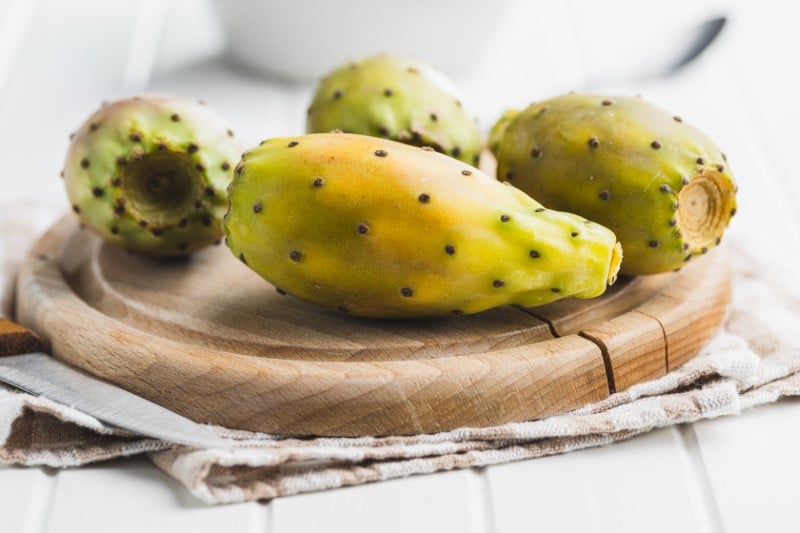
The scientific name of the Indian fig tree is Ficus benghalensis. Countries like Mexico and India consider cactus a fruit. Indian fig fruit is a cactus and a hybrid of pear and fig. Before you peel it, you might need gloves or safety wear because it contains thorns covering its outer skin. The taste of an Indian fig fruit is succulent and very sweet. The edible fruit can be enjoyed raw or in the form of pastes. Other names for Indian fig trees are cactus pear, prickly pear, and Barbary fig. The Indian fig tree is nicknamed prickly pear because it has spiky thorns covering it. It is commonly found in two colors green and dark red. The fruit can be used to make jam and jelly and act as a vegetable known as nopalitos. It is also a rich source of vitamin c. reports say that Indian fig fruit has potential health benefits, such as therapeutic benefits in anti-inflammatory, respiratory, and cardiovascular remedies.
Indian Jujube
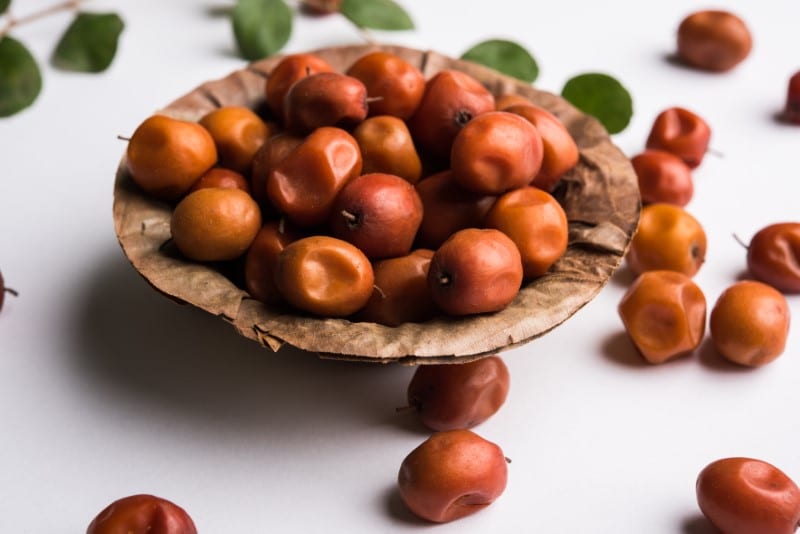
The scientific name of the Indian jujube fruit is Ziziphus mauritiana. Other names for Indian jujube fruit are Chinese dates, Chinese apples, and Indian plum. Indian jujube fruit is found in the family of Rhamnaceae. Indian jujube fruit is a squashy and soft fruit. It is native to India. It is a rich source of minerals and vitamins like vitamin c. Indian jujube is small and has a round shape. When it is fully ripe, it has a red-orange color. You can enjoy your raw fruit both when it is grown and unripe. The ripe one is slightly spongy with a flowery and sweet flavor. An unripe one has a bitter taste you can enjoy with salt and is crispy when you bite, just like an apple. You can pickle the Indian jujube fruit and use it in the making of chutney, candy, and alcoholic beverages. The fruit is believed to have several health benefits and to be used for medicinal purposes. You can use Indian jujube fruit to perform antihyperglycemic, neuroprotective, and antiviral functions.
Indian Almond

The scientific name of the Indian almond fruit is Terminalia catappa. Another name for Indian almond fruit is tropical almond, country almond, false Kamani, beach almond, Indian almond, Malabar almond, and sea almond. Its taste is a combination of fruit and nut. The flavor is sticky but juicy and sweet. It also leaves an acidic aftertaste after eating. You can enjoy the raw Indian almond fruit. Just be sure to leave the seeds. The Indian almond fruit can be eaten unripe. As the Indian almond fruit ripens, it changes its color severally before landing on a red or purple-like color.
Indian Prune
The scientific name of Indian prune is Oemleria cerasiformis. It is also known as osoberry or Indian plum. Indian prune is also known as alu Bukhara in Hindi. The Indian prune has a mixture of berry and plum characteristics. The fruit is pretty and very delicious. Its taste is sweet with a chewy texture. Apart from the Indian prune being fun to consume, they are a rich source of nutrients like vitamin a and vitamin c.
You can choose to enjoy your Indian prune raw (either fresh or dried) or use it as an ingredient to make savory dishes or as a dessert.
Indian Sherbet Berry
The scientific name of the Indian sherbet berry is Grewia asiatica. It has a beautiful sweet and sour taste. It has a tartier flavor than the other berries. Some Indian sherbert berries are outright. The colors of the fruit are eye-catching. The Indian sherbet berry grows in clusters similar to grapes. Its shape, taste, and size are identical to that of muscadines. This fruit can only be found during the summer season, and when eaten, it offers a refreshing and cooling effect.
Ice Apple
The scientific name of ice apple is Borassus flabellifer. The Asian fruit is unique because of its distinct flavor and transparent color. The fruit is fleshy and moist. Ice apple has a close resemblance with an Indonesian kaong and is both palm tree fruits. Ice apples have the appearance like that of small ice cubes. The fruit got its name as ice apple since it is as clear as ice when exposed to its edible parts. The edible piece of the fruit, when bitten, releases liquid inside your mouth that leaves a refreshing experience. It has the texture and flavor of a coconut with a somehow bitter aftertaste. Ice apple has been used in the production of sugar. People believe that the sugar from ice apples is better than standard sugar and is safer for human consumption. A ripe ice apple looks like a hybrid eggplant or turnip. It is a rich source of nutrients such as vitamin b, calcium, iron, and potassium. The ice apple fruit has several health benefits of reducing risks of cancer illnesses such as lung cancer, lowering the risk of diabetes, and lowering cholesterol levels.
Indonesian Lime

The scientific name of Indonesian lime is Citrus hystrix. Just like other citrus fruits, it contains high content of vitamin c and is commonly sour. The fruit is green and very aromatic. Moreover, it has small edible leaves and a beautiful smell. It has a unique appearance of lumpy skin instead of smooth and shiny skin like other limes.
Ilama
The scientific name of ilama is Annona diversifolia. This is an extraordinary tropical fruit that is very prominent. It is originally from Central America. Apart from the fruit having a unique meaning of its name and a unique shape, ilama has a tartier taste the more it ripens. The skin of the ilama resembles the scales of a dragon. It is approximately the size of a standard apple.
The shape of ilama is undeniably weird. Ilama is called by people in the parts of South America an old woman’s sapote fruit. The skin of ilama is green when it is not yet ripe. An unripe ilama has a soft, sugary, and tender taste. This sweet flavor disappears the more it gets older and ripens — the skin of ilama changes to pinkish or maroon when it matures and has a tart flavor. You can enjoy the fruit raw.
Incaberry
The scientific name of incaberry is Physalis peruviana. Incaberry is found in the berry family. It is also known as golden berry or cape gooseberry. When the fruit matures, it turns to a golden bronze color. It has a delicate smell similar to other berries. The fruit has a flavor combination of sour and sweet taste. You can enjoy your fruit fresh or after you dry it. Incaberry is created into fruit pastes to make pudding, sauces, and jam. The fruit has beneficial effects on humans, such as reducing metabolic disorders, reducing risks of obesity, and treating hypertension.
Ice Cream Bean
The scientific name of the ice cream bean fruit is Inga edulis. Other names of ice cream bean fruit are cuaniquil, guaba, guama, and joaquiniquil. It is an exotic species that originated from South America. The fruit has a beautiful smell of vanilla.
The fruit has a fantastic taste, just like an ice cream taste. You can enjoy eating your ice cream bean fruit raw. The ice cream bean fruit has diverse varieties with extraordinary flavors. Some even taste like cinnamon. A single fruit contains several seeds in it. The seeds are coated, making them look like cotton candy. The pulp of an ice cream bean fruit is cream, sweet and mouthwatering.
Ichigo
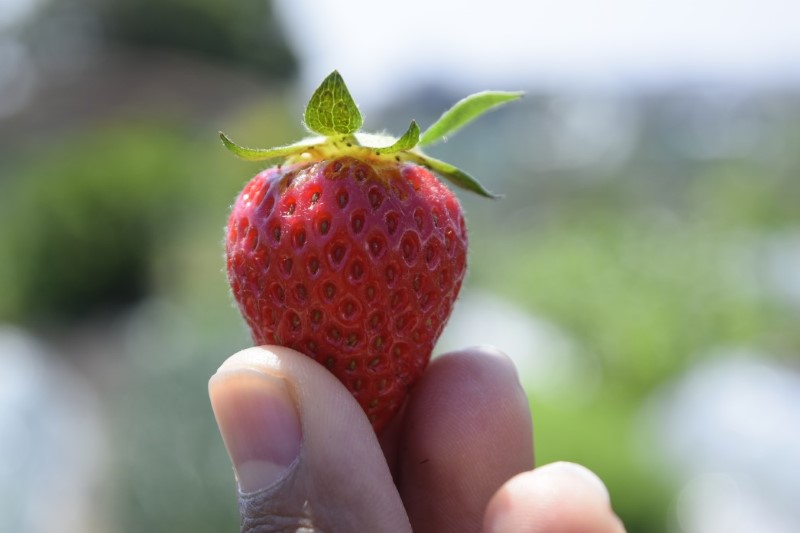
The scientific name of ichigo is debregeasia orientalis. When translated to English, the name comes from a Japanese word, strawberry. The fruit has a beautiful smell and taste. It has a juicy and sugary taste. This is probably why they are very costly to buy in japan. Ichigo has a brighter color compared to standard strawberries. Apart from that, Ichigo is quite similar to strawberries. It is a rich source of many nutrients such as iron, zinc, vitamin a, vitamin c, vitamin e, vitamin k, calcium, and magnesium. Consumption of Ichigo can be for both fun and medicinal purposes. It has several health benefits, such as reducing incidences of anxiety, improving an individual’s life satisfaction, and generally building a person’s better social and emotional well-being.
Illawarra Plum
The scientific name of the Illawarra plum is podocarpus elatus. It is native to wales, Queensland, and Australia, the hometown of kangaroos. Illawarra plum has purple skins and is tiny, similar to blueberries. The fruit has its seed outside the fruit. You can enjoy your fruit raw or enjoy it as an ingredient in your recipes. To eat a natural Illawarra plum, you twist off the outer seeds and pop the rest of the fruit inside your mouth. It is also known as plum pine because of the fruit’s pine flavor. Illawarra plum uses ice cream, cakes, jam, and other savory dishes. Illawarra plum has impressive health benefits for individuals, such as inducing autophagy, improving apoptosis, and reducing the chances of colon cancer by changing the cells’ cycle. The fruit has active components that can be used in place of conventional chemotherapy as an alternative strategy for chemoprevention.
Indian Gooseberry
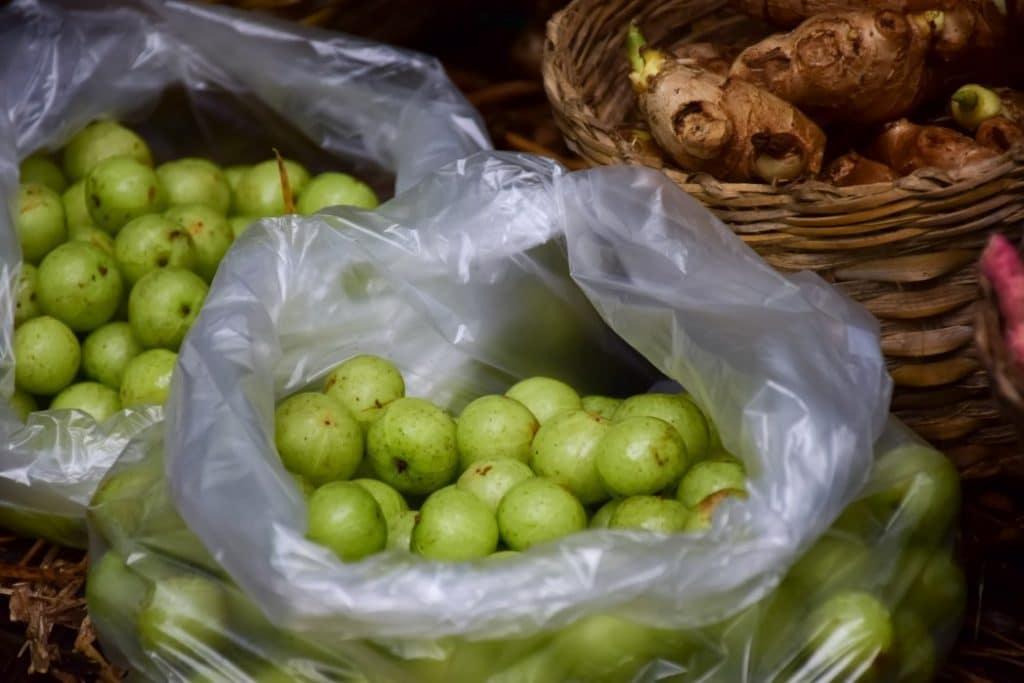
The scientific name of Indian gooseberry is Phyllanthus Emblica. The fruit is related to incaberries or cape gooseberries. Other names for Indian gooseberry are emblic myrobalan, amla, and myrobalan.
It belongs to the family of phyllanthaceae. Its flavor is a mixture of sweet and sour flavors. You can store Indian gooseberry for an extended period because it freezes well. The size of the fruit ranges anywhere between a large grape and a golf ball.
Indian Persimmon
The scientific name of the Indian persimmon is Diospyros malabarica. It has a texture similar to that of tomato but with different flavors. The Indian persimmons have a flowery and tender taste. Its inside is juicy, sticky, and red.
Indian Mango

The scientific name of the Indian mango is Mangifera indica. The majorities of mangoes originate from India. Mangoes are the national fruit of India, the Philippines, and Pakistan. When the Indian mangoes fully ripen, they have a greenish-yellow color. Its inside color is a beautiful orange. You can enjoy the fruit in mango chutney or enjoy it raw. The mango has a tangy taste with a bit of sweetness. You can use it as an ingredient when making salsa and fruit salads. The Indian mango has an irregular shape. The shape is close to that of an egg. However, some fruits have various forms like kidneys, hearts, ovals, and round shapes. The mango’s weight is 85% pulp and skin, while the remaining 15% is the seed.
Indian Hog Plum
The scientific name of the Indian hog plum is Spondias mombin. Indian hog plum is also called condiment fruit, hog plum, and yellow mombin. It is found in the family of Anacardiaceae, the species of a flowering plant.
It was first introduced to South Asia by the Portuguese around the 17th century. It has currently naturalized in other parts of the world like the Bahamas, Africa, Bangladesh, Sri Lanka, Nepal, and Indonesia. You can use it as an ingredient in making spicy Indian condiments such as curry and chutney. It is an edible fruit that you can enjoy raw. However, it is not popular to eat raw because it is difficult to separate the seed from the pulp.
Icacina
The scientific name of icacina is calotropis procera. The fruit has a sweet taste, the same as a plum. Children enjoy icacina in Africa. Acacia is soft and bright red. A single tree of icacina can produce hundreds of kilos of icacina during just one day’s harvest. You can enjoy your fruit together with its seeds raw. However, the seeds of icacina are complex, and it is grounded to create flour with delicate flavors. Icacina fruit can be consumed fresh from the tree or dried and processed into flour to make porridge, paste, and icacina soup.
Ibope
The scientific name of ibope is Prosopis affinis. It is also known as igope. It is commonly found in South America. The fruit has pods known as carob pods that can be eaten. The majority of people use ibope in powder form. Before the fruit gets into powder form, it is toasted. The powder is used as an ingredient when preparing sweet farina recipes that are then used in preparing bread. The powder is also used to bring chocolate flavor to foods. The fruit contains nutrients such as proteins. You can ferment the above fruit to have a fantastic alcoholic liquid.
Ita Palm
The scientific name of ita plum fruit is Elaeis guineensis. It is a fruit native to the tropical areas of South America. Ita palm fruit is also called the tree of life. It is referred to as the tree of life because of having many great branches that give it a spectacular look. It has a sweet taste. The ita palm fruit has an approximate diameter of five to seven centimeters and is the shape of a hazelnut. To enjoy the ita palm fruit, you can eat the fruit and the buds and drink its sap. Enjoy your fruit either raw or dried into powder form. The extracted oil gotten from ita palm fruit is rich in nutrients such as vitamin a and vitamin c. Ita palm fruit can be used in making ice cream, jam, and creating of alcoholic drinks. Ita palm fruit has several health benefits, such as lowering cholesterol levels, protecting against atherosclerosis, and antioxidant activities.
Imbu
The scientific name of imbu fruit is Spondias tuberosa. It is native to brazil. It is also known as umbu. Imbu fruit is an essential food source to the locals because of its large production and tastiness. You can collect a total of 300 kilos in a single imbu tree. Its shape and color are similar to that of limes. The color of imbu fruit is either green or yellow. The ripe imbu fruit turns red and has a flavor similar to sweet oranges. Imbu fruit is a rich source of vitamin c. You can use imbu fruit in recipes such as imbu cheese, jam, and ice cream.
The Final Letter
Use the above list of fruits to boost your knowledge of existing fruits, starting with the letter i. When you get to explore the suggested fruits, you will get to enjoy a variety of flavors ranging from sweet to sour taste.
